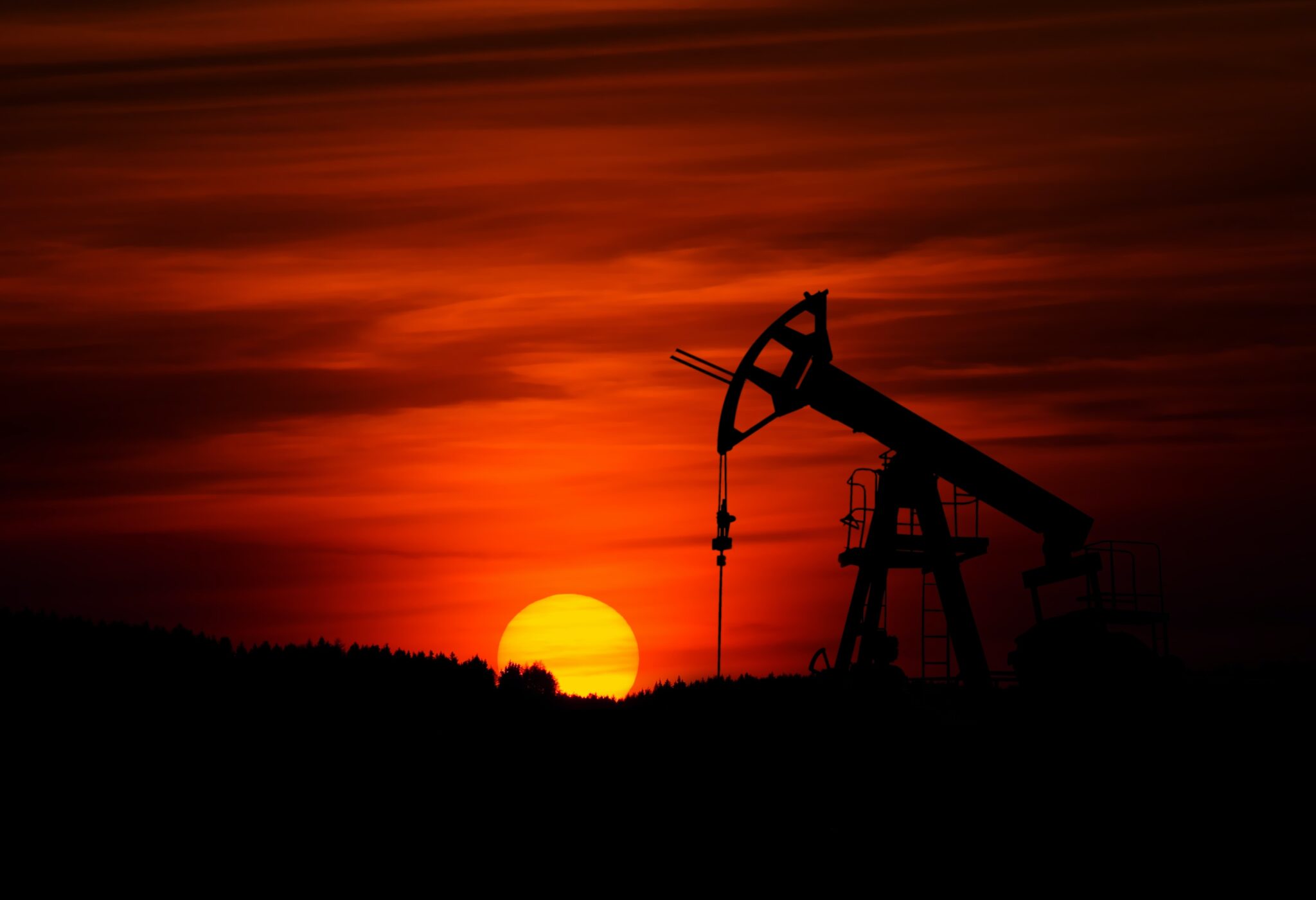Mohsen Khojastehmehr, the leader of Iran’s National Oil Company (NIOC), announced that Iran and Saudi Arabia are beginning to work together in the oil industry. This comes as relations between the two nations are improving, as reported by Tasnim News Agency on June 28.
In 2016, Saudi Arabia and Iran cut ties after Saudi Arabia executed Shia cleric Nimr al-Nimr. Iranian protestors reacted by attacking the Saudi Embassy in Tehran. This disrupted any potential for joint development of oil and gas fields in the Persian Gulf, which are shared among Iran, Saudi Arabia, and Kuwait.
Tensions heightened following a 2019 attack on Saudi Arabia’s Abqiq oil facilities, with Saudi Arabia accusing Iran of orchestrating the attack via Yemen’s Ansarallah movement. Iran denied these allegations.
However, in March of this year, the two countries agreed to mend their relations after talks sponsored by Beijing.
At a press conference, Khojastehmehr shared that plans for joint development of shared oil fields between Iran and Saudi Arabia are now in place. The goal is to increase and maintain production capacity for these shared fields.
Iran has over 28 oil and gas fields shared with its northern and southern neighbors, which have caused disputes about extraction levels and access.
Iran and Saudi Arabia share the Farzad A and B and Arash gas fields. The Arash field also extends to Kuwait.
Khojastehmehr mentioned that the contract for constructing the infrastructure for the Farzad B gas field has been signed and that Iran is prepared to start drilling in the Arash oil field, which Saudi Arabia refers to as the Durra field.
He said that drilling in the Arash field will commence once certain conditions are met. He also reported that the development plan for the Farzad A gas field has been submitted to the NIOC Board of Directors, and work on the field’s infrastructure will start soon.
The Farzad field is believed to hold approximately 23 trillion cubic feet of natural gas reserves and 5,000 barrels of gas condensates per billion cubic feet. The Arash field holds 20 trillion cubic feet of gas reserves, capable of producing one billion cubic feet per day.
Iran had earlier protested a Saudi-Kuwaiti agreement to exploit the Arash field without Iran’s involvement, declaring it as “illegal” since the boundaries of the field shared among the three countries hadn’t been established.
The gas resources of the Arash field will be crucial for the energy security of all three countries in the future.

